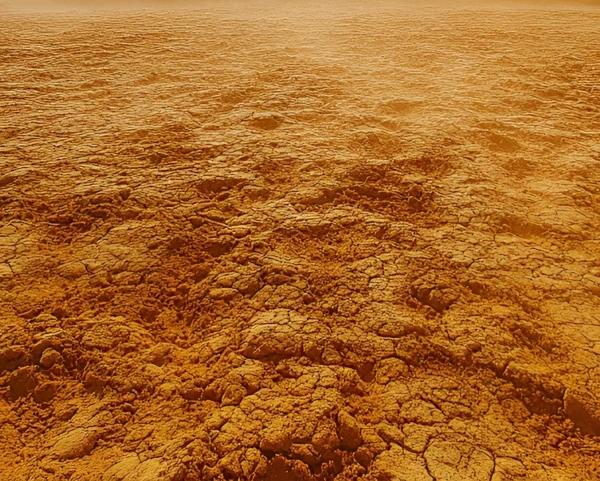Silt and silty soil is a kind of structural soil that is deposited in still water or very slow flowing water environment and accompanied by microbial action. Silty soft soil can be divided into silt and silty soil according to the porosity ratio.
1. Main physical properties:
① contains many fine particles and a large amount of organic humus;
② Dark gray or dark green color, smelly;
③ The general natural water content is between 40% and 70%, some are greater than 70%, the pore ratio is >1.0, and the natural capacity is between 15 and 18kN/m3--.
2, mechanical properties: very low strength, compressibility, poor water permeability.
3, engineering characteristics: the foundation bearing capacity is low, the strength growth is slow, the deformation is easy and uneven after loading, the deformation rate is large and the stability time is long, with the characteristics of small permeability, thiotropy and rheology.
In the sludge treatment of plant foundation, the bearing capacity is low, the strength increases slowly, the deformation is easy and uneven after loading, the deformation rate is large and the stability time is long, and the ground subsidence is easy to reduce the production efficiency and even interrupt the production. Therefore, in the foundation treatment, it is necessary to select the appropriate foundation treatment technology for the silt soil to ensure the quality of the project.
Treatment method of silt foundation
The following are 5 common methods of silty soft soil foundation treatment:
1, trenchless repair technology: Tongcheng soft foundation using new materials, microhole injection, rapid consolidation of silt and other foundation soil to form a new structure. In the process of filling and compaction, it can effectively strengthen various soil layers such as silt, control foundation deformation, and generate top lift and flexible lifting, so that the ground of the workshop can be restored to the original elevation.
2, pile foundation method: when the silt layer is thick, it is difficult to carry out deep treatment in a large area, pile driving can be used to strengthen the treatment. In the early days, cement mixing pile, sand pile and wood pile were mostly used. There were some problems such as incomplete cement mixing control system, outdated equipment, long construction period, large deformation after construction, unstable quality of pile, etc., which were rarely used at present. The precast reinforced concrete pile has been widely used because of its strong bearing capacity, cost saving, quality guarantee and fast construction speed.
3, soil change method: when the thickness of the silt layer is relatively small, the silt layer can also be used to fill sand loam, gray soil, coarse sand, cement and caisson foundation and other methods for foundation treatment, in view of the sand change is not conducive to seepage prevention, and the project cost is high, generally should be local materials, to replace the soil is appropriate. The soil change method should be backfilled with soil with good compaction characteristics for compaction or ramming to form a good bearing layer, so as to change the bearing capacity characteristics of the foundation and improve the anti-deformation and stability ability. During construction, attention should be paid to the stability of the pit edge to ensure the quality of the filler. The filler should be rammed in layers.
4, traditional grouting method: the use of air pressure, hydraulic or electrochemical principles will be able to solidify some slurry into the foundation medium or the gap between the building and the foundation. Traditional grout can be cement slurry, cement mortar, clay cement slurry, clay slurry and so on. Grouting method has a certain effect on strengthening the soft soil foundation of silt, but the solidification time of the material is long and uneven, and secondary settlement is easy to occur.
5, reinforcement method: the geosynthetic material with strong tensile strength is buried in the soil layer, the displacement of soil particles and the friction generated by the tension, so that the soil and the reinforced material form a whole, reduce the overall deformation and enhance the overall stability, but there is a certain interference and damage to the soil layer.
When selecting the foundation treatment method for the soft soil layer of silt, it should be selected according to the advantages and disadvantages of the above methods and combined with the local geological characteristics. In particular, Tongcheng soft foundation trenchless repair technology is a relatively advanced self-developed new technology that breaks through on the basis of traditional grouting method and has been applied in practice, with remarkable benefits, which can effectively consolidate the soft soil foundation of silt and accurately level the factory floor.
strengthening concrete columns https://en.hengxianghongye.com/Ground-Strengthening.html
